
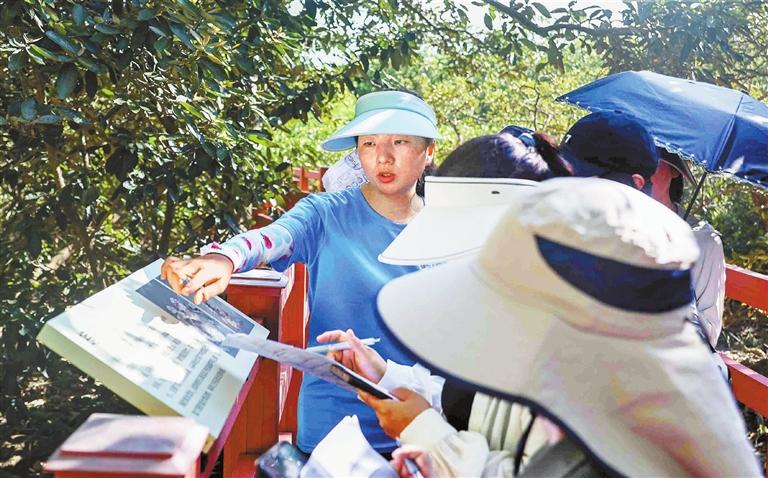
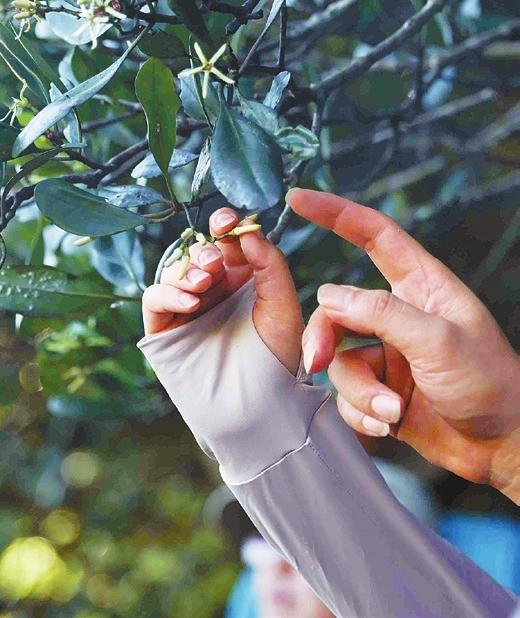
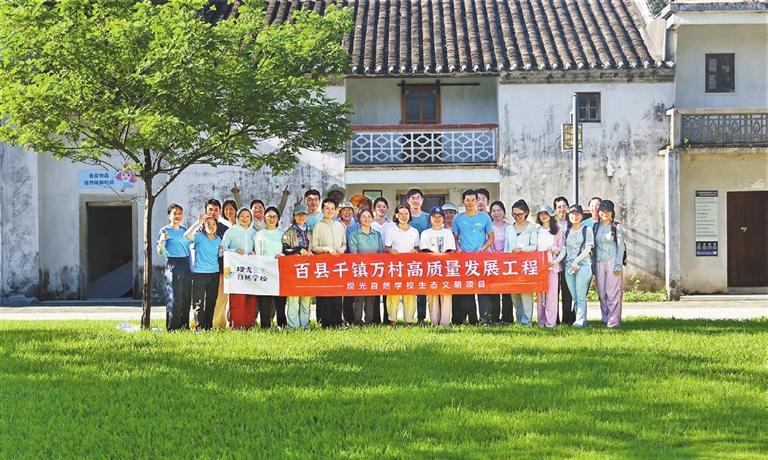
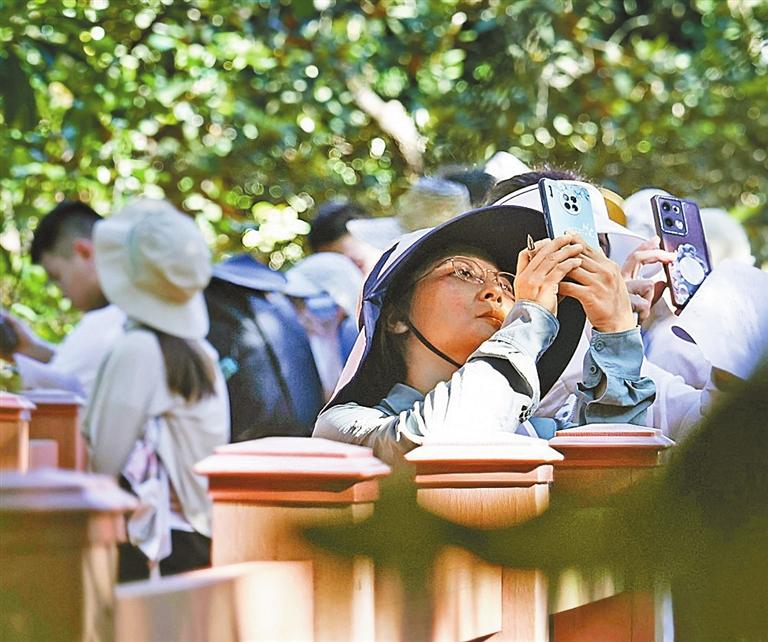
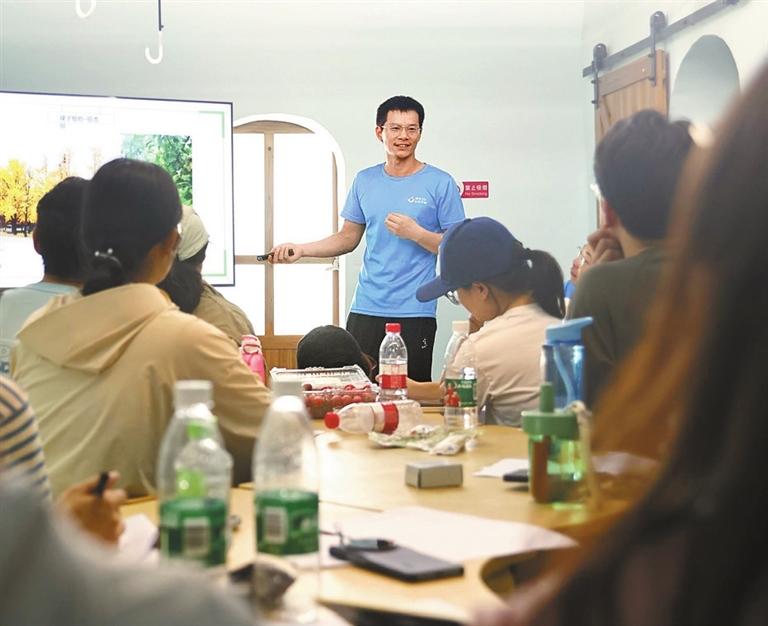
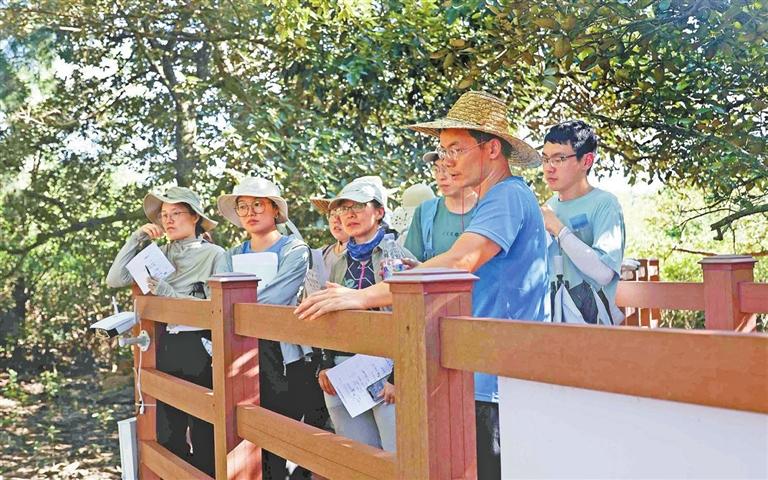
STEP into the tranquil setting of Baguang Heritiera Wetland Park, where the passionate volunteers of the Baguang Nature School lead the way in eco-education and nature appreciation. Nestled in Baguang, a haven of biodiversity and history in Dapeng New Area, the wetland park is a hub for a rich tapestry of mangrove ecosystems. The park is home to the most complete, oldest and largest looking-glass mangrove cluster found so far in China and even in the world. Heritiera littoralis, commonly known as the looking-glass mangrove or tulip mangrove, is a mangrove tree in the Malvaceae family, native to coastal areas of eastern Africa, Asia, Melanesia and northern Australia. The common name refers to the silvery appearance of the underside of the leaves, which resembles a mirror to some degree. Today the rare mangrove species can only be found in China, Japan and India. Baguang Nature School, initiated by the Key Area Construction and Development Center of Dapeng New Area in 2020, is one of the seven national nature schools in Shenzhen certified by the Ministry of Ecology and Environment. Through specialized nature classes and partnerships with local schools, the school nurtures a deep connection between the public and the nature, fostering a new generation of eco-conscious individuals. Over the past few years, Baguang Nature School has recruited and trained 100 volunteer lecturers and organized hundreds of nature education activities for the public, with more than 10,000 face-to-face participants and 2.44 million online viewers. (SD News) | 
